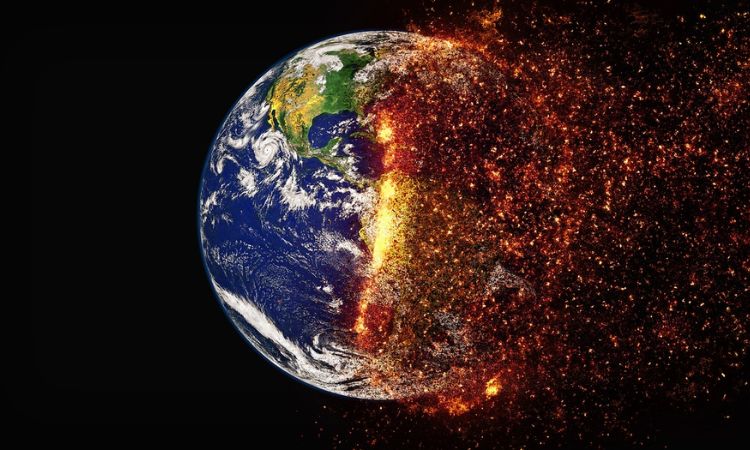As global temperatures continue to rise, urban areas face the additional challenge of urban humid heat, particularly in the Global South. A recent study by the Yale School of the Environment (YSE) highlights the combined effect of temperature and humidity on urban heat stress and its implications for public health.

Urban Dry Island vs Urban Heat Island:
The study challenges the commonly held belief that urban residents suffer from more heat stress due to the urban heat island phenomenon. The study shows that the heat stress burden is also dependent on humidity levels. In humid climates, the urban heat island effect is dominant over the urban dry island phenomenon, resulting in more dangerous heat stress days.
Weight of Temperature and Humidity:
The study also highlights the equal weight of temperature and humidity in heat stress as measured by the wet-bulb temperature, unlike other heat indexes that weigh temperature more heavily.
Implications for Green Spaces:
The study raises questions about the impact of green vegetation on urban heat stress, which can both lower air temperature and increase heat burden due to air humidity. The study calls for a follow-up study comparing observations of wet-bulb temperature in urban greenspaces and built-up neighborhoods to understand the extent of the humidifying effect.
Mitigation Strategies:
The study’s findings have important implications for policymakers and urban planners. To mitigate urban heat stress, a holistic approach that considers both temperature and humidity is needed. Urban planners should focus on optimizing urban shapes and materials to reduce heat storage, increase urban convection efficiency, and promote better thermal comfort. This includes using cool roofs, green roofs, and other heat-reducing technologies, as well as increasing urban greenery without increasing humidity levels.
Conclusion:
As temperatures continue to rise, policymakers and urban planners must take a comprehensive approach to address the urban heat island effect and urban humid heat to protect public health and promote livable urban environments. Further research on the effects of urban humid heat on public health and mitigation strategies is needed.















